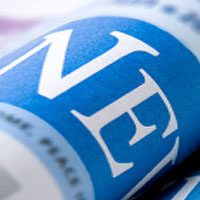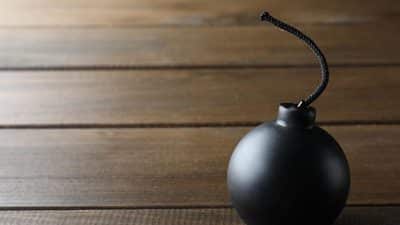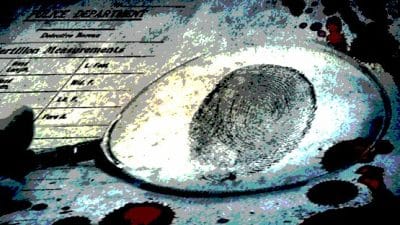
This marks the third consecutive year in which the acreage of underwater grasses reported for the Bay was the highest ever recorded since annual surveying began in 1984.
This total is 14,843 acres greater than the Chesapeake Bay Program’s 2017 restoration target and 57 percent of the ultimate restoration goal adopted in the Chesapeake Bay Watershed Agreement. Notably, a five percent increase in underwater grass abundance was observed just from 2016 to 2017.
Experts attribute this rise in underwater grass abundance to a strong increase in the very salty, moderately salty and tidal fresh regions of the Bay. The very salty regions of the Bay saw a sustained recovery of eelgrass, while the moderately salty regions of the Bay saw a continued increase in widgeon grass. Because widgeon grass is a “boom and bust” species whose abundance can rise and fall from year to year, a widgeon-dominant spike is not guaranteed to persist in future seasons. The wild celery, water stargrassand other species that have returned and reached new parts of the tidal fresh region of the Bay are less susceptible to rapid fluctuations in abundance.
Because underwater grasses are sensitive to pollution but quick to respond to water quality improvements, their abundance is a good indicator of Bay health. In a research article published by the Proceedings of the National Academy of the Sciences in March 2018, scientists link the resurgence of underwater grasses to the nutrient reductions made under the Environmental Protection Agency’s Chesapeake Bay Total Maximum Daily Load, indicating that this “pollution diet” and local conservation incentives have resulted in a healthier Chesapeake Bay.
Underwater grass abundance can vary from species to species and river to river. In 2017, local highlights included:
- Northeast Maryland: Underwater grass abundance in the Gunpowder River increased 34 percent between 2016 and 2017, from 912 acres to 1,219 acres. Underwater grass abundance in the neighboring Bush River increased 103 percent, from 62 to 126 acres.
- Central Maryland: Underwater grass abundance in the Patapsco River increased 313 percent between 2016 and 2017, from 3 to 14 acres.
- Southern Maryland: Underwater grass abundance in the Lower Patuxent River increased 301 percent between 2016 and 2017, from 32 to 130 acres.
- The District of Columbia: Underwater grass abundance in the Anacostia River increased 58 percent between 2016 and 2017, from 8 acres to 13 acres.
- Southeast Virginia: Underwater grass abundance in the Upper James River increased 389 percent between 2016 and 2017, from 92 acres to 448 acres. Grass abundance in the Middle James River increased 37 percent, from 52 to 71 acres.
Reactions
“Seeing record growth in underwater grasses for the past three years just reinforces that our efforts to restore the Chesapeake Bay and its local tributaries is working. This achievement is a true example of the power a partnership can have and I call upon all of our partners to continue their efforts toward this remarkable recovery”.
-Jim Edward, Acting Director, Chesapeake Bay Program
“It’s exciting to have finally surpassed 100,000 acres of SAV in the Bay. While we’re only a bit over halfway to our ultimate restoration goal, this is a big milestone for the Bay Program and its partners. These latest SAV numbers show that all the hard work has been worth it. SAV is so much more than the plants themselves. They mean clear water and shoreline protection, carbon sequestration and climate mitigation. They mean more fish and crabs and waterfowl. And they mean memorable vacations and a healthy environment. ”
-Brooke Landry, Natural Resources Biologist, Maryland Department of Natural Resources and Chair, Chesapeake Bay Program’s Submerged Aquatic Vegetation Workgroup
“2017 was quite an exciting year for the survey. First, we exceeded 100,000 acres for the first time ever in the survey, and now have three successive years of record high numbers. Second, we noted SAV in two areas of the Bay that had not seen any SAV since 1972 (in front of the University of Maryland Center for Environmental Science Laboratory in Solomons Island, Maryland and in the upper York River near Mumfort Island, Virginia. Hopefully this trend will continue in 2018.”
-Bob Orth, Director of SAV Aerial Survey, Virginia Institute of Marine Science
“Since, 2009, the District has seen a 96% increase in SAV in the Potomac, making this a real success story for the Chesapeake Bay Program partnership. SAV provides critical habitat for native birds, mussels, and our state fish, the American Shad. It is important for our federal, state, and local partners to keep the momentum as we continue to restore our rivers and the Chesapeake Bay.”
– Tommy Wells, Director, District Department of Energy and the Environment










